William Haggard was the pseudonym of Richard Henry Michael Clayton, the son of the Rev. Henry James Clayton and Mabel Sarah Clayton. He was an English writer of fictional spy thrillers set in the 1960s through the 1980s, or, as the writer H. R. F. Keating called them, "action novels of international power." Like C. P. Snow, he was a quintessentially British Establishment figure who had been a civil servant in India, and his books vigorously put forth his perhaps idiosyncratic points of view. The principal character in most of his novels is the urbane Colonel Charles Russell of the fictional Security Executive,, who moves easily and gracefully along Snow's Corridors of Power in Whitehall. During the years of the fictional spy mania initially begun by the James Bond stories, Haggard was considered by most critics to be at the very top of the field.

Too Soon to Die is a 1953 mystery detective novel by the British writer Henry Wade. It was the sixth in a series of seven novels featuring the character of Inspector Poole, published during the Golden Age of Detective Fiction. It followed a thirteen year gap since the publication of the previous novel Lonely Magdalen.

Pageant of Murder is a 1965 mystery detective novel by the British writer Gladys Mitchell. It is the thirty eighth in the long-running series of books featuring Mitchell's best known character, the psychoanalyst and amateur detective Mrs Bradley.
Irish writer Alister McAllister [1877-1943] wrote several plays under the pseudonym Anthony Wharton and later, after moving to England, wrote a series of mystery novels using the pseudonym Lynn Brock.

The Slip-Carriage Mystery is a 1928 mystery detective novel by the Irish-born writer Lynn Brock. It was the fourth novel in his series featuring the character of Colonel Wyckham Gore. The previous novels in the series established Gore a popular character during the early stages of the Golden Age of Detective Fiction. A review in the Times Literary Supplement observed "The multiplication of false leads at the beginning is carried a little too far, and the story is at its best when the movement is greatest as it approaches and reaches its end".

The Mendip Mystery is a 1929 mystery detective novel by the Irish-born writer Lynn Brock. It was the fifth of seven novels in his series featuring the character of Colonel Wyckham Gore, one of the most prominent investigators during the early stages of the Golden Age of Detective Fiction. It was published in America with the alternative title of Murder at the Inn.

Colonel Gore’s Second Case is a 1925 detective novel by the Irish writer Lynn Brock. It was the second in his series of seven novels featuring the character of Colonel Wyckham Gore. Gore enjoyed popularity during the early stages of the Golden Age of Detective Fiction. After solving his first case Gore now establishes his own detective agency.

The Kink is a 1927 mystery detective novel by the Irish-born writer Lynn Brock. It was the third novel in his series featuring the character of Colonel Wyckham Gore, one of many investigators active during the Golden Age of Detective Fiction. It is sometimes referred to as Colonel Gore’s Third Case. The novel is noted for being comparatively sexually explicit for the era. Dashiell Hammett wrote a contemporary negative review of the book in The Saturday Review.

The Stoat is a 1940 mystery detective novel by the Irish-born writer Lynn Brock. It was the seventh and last novel in his series featuring the character of the Golden Age detective Colonel Wyckham Gore. It was also his last published work before his death three years later. It marked a return for Gore, who hadn't appeared in a novel since 1930.

The Dagwort Coombe Murder is a 1929 mystery detective novel by the Irish-born writer Lynn Brock. It was the first stand-alone novel by Brock following the success of his Golden age detective Colonel Gore. It was published in the United States with the alternative title The Stoke Silver Case.
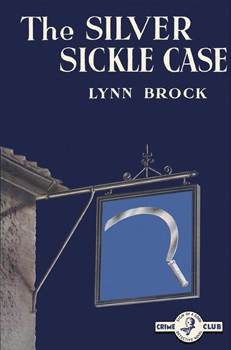
The Silver Sickle Case is a 1938 detective novel by the Irish-born writer Lynn Brock. Best known for his Colonel Gore series of mysteries, the novel introduced an alternative detective character Sergeant Venn of Scotland Yard assisted by Detective Constable Kither. It was followed by two sequels.

The Riddle of the Roost is a 1939 mystery detective novel by the Irish-born writer Lynn Brock. It was the third and last in his trilogy featuring the characters of Scotland Yard detective Sergeant Venn and Constable Kither. It was Brock's penultimate novel, followed the next year by The Stoat a final entry into the series of his best-known character Colonel Gore.

Death Knocks Three Times is a 1949 mystery thriller novel by Anthony Gilbert, the pen name of British writer Lucy Beatrice Malleson. It is the twenty second in her long-running series featuring the unscrupulous London solicitor Arthur Crook, one of the more unorthodox detectives of the Golden Age.
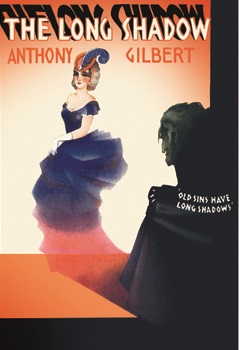
The Long Shadow is a 1932 mystery detective novel by Anthony Gilbert, the pen name of British writer Lucy Beatrice Malleson. It is the seventh of ten novels in a series featuring her amateur detective and politician Scott Egerton, a precursor to her better known creation Arthur Crook.
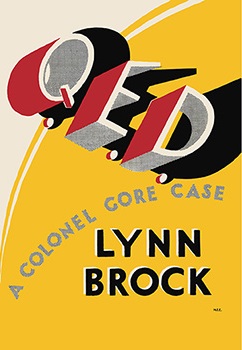
Q.E.D. is a 1930 mystery detective novel by the Irish-born writer Lynn Brock. It was the sixth of seven novels in his series featuring the character of Colonel Wyckham Gore, one of the most prominent investigators during the early stages of the Golden Age of Detective Fiction. It was published in the Under States with the alternative title of Murder on the Bridge.

Night Exercise is a 1942 detective novel by John Rhode, the pen name of the British writer Cecil Street. It is a stand-alone wartime novel from Rhode, best known for his long-running series featuring Lancelot Priestley. It was published in America by Dodd Mead under the alternative title Dead of the Night.
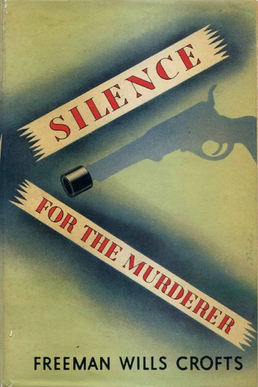
Silence for the Murderer is a 1949 detective novel by the writer Freeman Wills Crofts. It is the twenty-seventh entry in his series of novels featuring Inspector French, a Scotland Yard detective of the Golden Age known for his methodical technique. The book attempt to create more complex characterisation than was usual in the series.

Nightmare is a 1932 thriller novel by the Irish-born writer Lynn Brock. It is an inverted detective story, and a stand alone work for an author best known for his series featuring the Golden Age detective Colonel Gore.
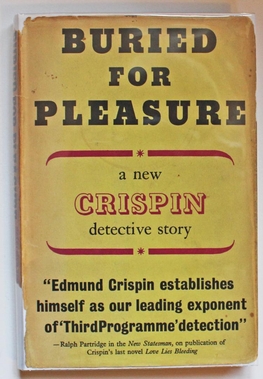
Buried for Pleasure is a 1948 detective novel by the British writer Edmund Crispin, the sixth in his series featuring the Oxford professor and amateur detective Gervase Fen. As with the rest of the Fen novels, a complex Golden Age-style mystery is combined with elements of farce. Fen contests a by-election in rural constituency, but events are rapidly overtaken by a murder case. It features Detective Inspector Humbleby who also appeared in the next novel Frequent Hearses as well as most of the short stories in the series.
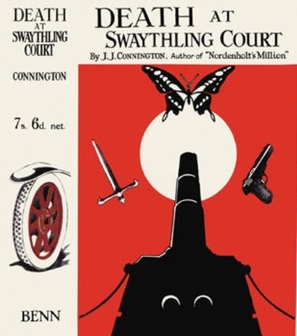
Death at Swaythling Court is a 1926 mystery detective novel by the British writer Alfred Walter Stewart, published under his pseudonym J.J. Connington. It was Stewart's first attempt at a detective novel, having previously produced works including the 1923 science fiction novel Nordenholt's Million. It is a stand-alone novel, revolving around a country house mystery. The following year the author published Murder in the Maze, the first of seventeen novels featuring the Golden Age detective Sir Clinton Driffield, for which he is best-known.


















